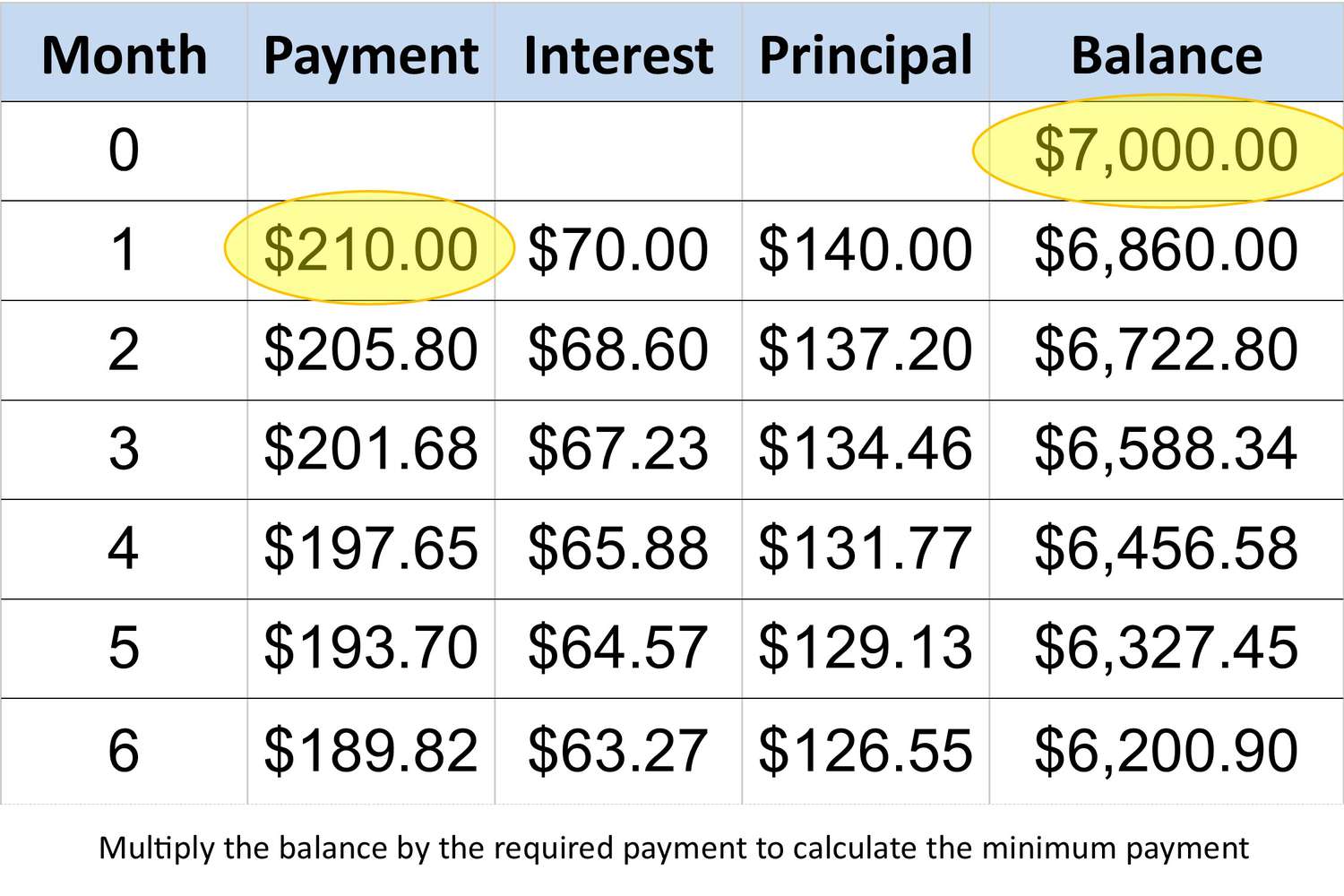Home>Finance>What Is An Infomercial? Definition, How They’re Made, And Examples


Finance
What Is An Infomercial? Definition, How They’re Made, And Examples
Published: December 9, 2023
Discover the definition of infomercials in finance, learn how they are created, and explore real-world examples in this insightful guide.
(Many of the links in this article redirect to a specific reviewed product. Your purchase of these products through affiliate links helps to generate commission for LiveWell, at no extra cost. Learn more)
What is an Infomercial? Definition, How They’re Made, and Examples
Infomercials are a unique form of marketing that combines the persuasive power of a sales pitch with the informative qualities of a television program. These long-form advertisements are typically aired on television during off-peak hours, allowing companies to showcase their products or services in great detail. In this blog post, we will explore the definition of infomercials, how they are made, and provide some notable examples.
Key Takeaways:
- Infomercials are long-form ads that blend the elements of a sales pitch with an informational TV program.
- They are produced to showcase products or services in detail and are typically aired during off-peak hours.
How are Infomercials Made?
Creating an engaging and effective infomercial involves several key steps. Let’s take a closer look at how these advertisements are made:
- Identifying the target audience: Before producing an infomercial, companies need to identify their target audience. This helps them tailor their message and presentation style to resonate with the intended viewers.
- Developing a compelling script: The script is the backbone of any infomercial. It should clearly outline the problem the product or service solves, highlight its unique selling points, and feature captivating storytelling elements to hold the audience’s attention.
- Shooting and editing: The next step involves filming the infomercial. A professional production crew captures footage of the product in action, testimonials, and demonstrations. After filming, the footage is edited to create a polished and coherent final product.
- Adding persuasive elements: To make the infomercial more compelling, various persuasive techniques are incorporated. These can include testimonials from satisfied customers, comparisons with competitors’ products, and limited-time offers to create a sense of urgency.
- Distribution and airing: Once the infomercial is complete, it is distributed to television networks and media channels for airing. Companies negotiate with broadcasters to secure airtime during off-peak hours when the target audience is likely to be watching.
Through these steps, companies are able to create infomercials that capture attention, explain product benefits, and ultimately drive sales.
Notable Examples of Infomercials
Over the years, there have been numerous successful infomercials that have become cultural phenomenons. Here are a few notable examples:
- The George Foreman Grill: This infomercial for the indoor electric grill endorsed by former professional boxer George Foreman became a huge success. It showcased the product’s cooking capabilities, ease of use, and health benefits. The George Foreman Grill is now a household name.
- OxiClean: OxiClean’s infomercials featuring the late Billy Mays became iconic. The energetic pitches highlighted the product’s stain-removing power and versatility, captivating audiences and leading to increased sales.
- ShamWow: The ShamWow infomercial showcased the absorbent and durable qualities of this innovative cleaning cloth. The enthusiastic pitchman, Vince Offer, demonstrated the product’s effectiveness, making it a memorable infomercial for many viewers.
These examples demonstrate how creative storytelling, persuasive techniques, and effective product demonstrations can turn infomercials into powerful tools for promoting and selling products.
In conclusion, infomercials are a unique form of marketing that successfully blend sales tactics with informative content. By creating captivating scripts, incorporating persuasive elements, and carefully distributing the final product, companies can create infomercials that engage viewers and ultimately drive sales.














